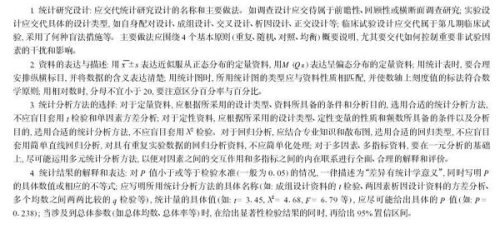http://www3.interscience.wiley.com/cgi-bin/mrwhome/106568753/EvidenceAid.html
http://www.cochrane.org/evidenceaid/haiti/
http://cochrane.bireme.br/portal/php/index.php
A full collection of resources is available at www.cochrane.org/evidenceaid/haiti/. Please find below the free full text (pdf format) for a selection of relevant systematic reviews from The Cochrane Library. Please note that many countries have full text access to the html versions of these reviews via the Virtual Health Library BIREME interface (in English, Spanish or Portuguese) or via this website through their institution. In addition, all residents of countries in the World Bank’s list of low-income economies (countries with a gross national income (GNI) per capita of less that $1000) have free one-click access to all Cochrane reviews, including Haiti. During this time, Wiley have also made country-wide free access available to the Dominican Republic and Panama.
Contact: Mike Clarke (mclarke@cochrane.ac.uk), Director of the UK Cochrane Centre, for more information or to suggest other topics.
We recommend selecting the PDF version if you do not hold a licence to The Cochrane Library, so that you may view the Standard PDF free of charge.
Prevention of waterborne infections
Interventions to improve water quality for preventing diarrhoea (HTML) (PDF)
Wound management
Tissue adhesives for traumatic lacerations in children and adults (HTML) (PDF)
Water for wound cleansing (HTML) (PDF)
Honey as a topical treatment for wounds (HTML) (PDF)
Fracture management
Distal radius fracture
Anaesthesia for treating distal radial fracture in adults (HTML) (PDF)
Bone grafts and bone substitutes for treating distal radial fractures in adults (HTML) (PDF)
Conservative interventions for treating distal radial fractures in adults (HTML) (PDF)
External fixation versus conservative treatment for distal radial fractures in adults (HTML) (PDF)
Percutaneous pinning for treating distal radial fractures in adults (HTML) (PDF)
Proximal humeral fracture
Interventions for treating proximal humeral fractures in adults (HTML) (PDF)
General fracture management
Antibiotics for preventing infection in open limb fractures (HTML) (PDF)
Fractures in children
Interventions for treating wrist fractures in children (HTML) (PDF)
Physical trauma (excluding fractures)
Fluid resuscitation
Colloids versus crystalloids for fluid resuscitation in critically ill patients (HTML) (PDF)
Brain injury
Corticosteroids for acute traumatic brain injury (HTML) (PDF)
Hypothermia for traumatic head injury (HTML) (PDF)
Mannitol for acute traumatic brain injury (HTML) (PDF)
Psychological treatment for anxiety in people with traumatic brain injury (HTML) (PDF)
Spinal cord injury
Steroids for acute spinal cord injury (HTML) (PDF)
Gangliosides for acute spinal cord injury (HTML) (PDF)
Blood transfusion
Anti-fibrinolytic use for minimising perioperative allogeneic blood transfusion (HTML) (PDF)
Cell salvage for minimising perioperative allogeneic blood transfusion (HTML) (PDF)
Desmopressin use for minimising perioperative allogeneic blood transfusion (HTML) (PDF)
Fibrin sealant use for minimising peri-operative allogeneic blood transfusion (HTML) (PDF)
Recombinant factor Vlla for the prevention and treatment of bleeding in patients without haemophilia (HTML) (PDF)
Transfusion thresholds and other strategies for guiding allogeneic red blood cell transfusion (HTML) (PDF)
Post-traumatic stress disorder
Psychological treatment of post-traumatic stress disorder (PTSD) (HTML) (PDF)
Psychological debriefing for preventing post traumatic stress disorder (PTSD) (HTML) (PDF)
Renal
Emergency interventions for hyperkalaemia (HTML) (PDF)
Intermittent versus continuous renal replacement therapy for acute renal failure in adults (HTML) (PDF)



